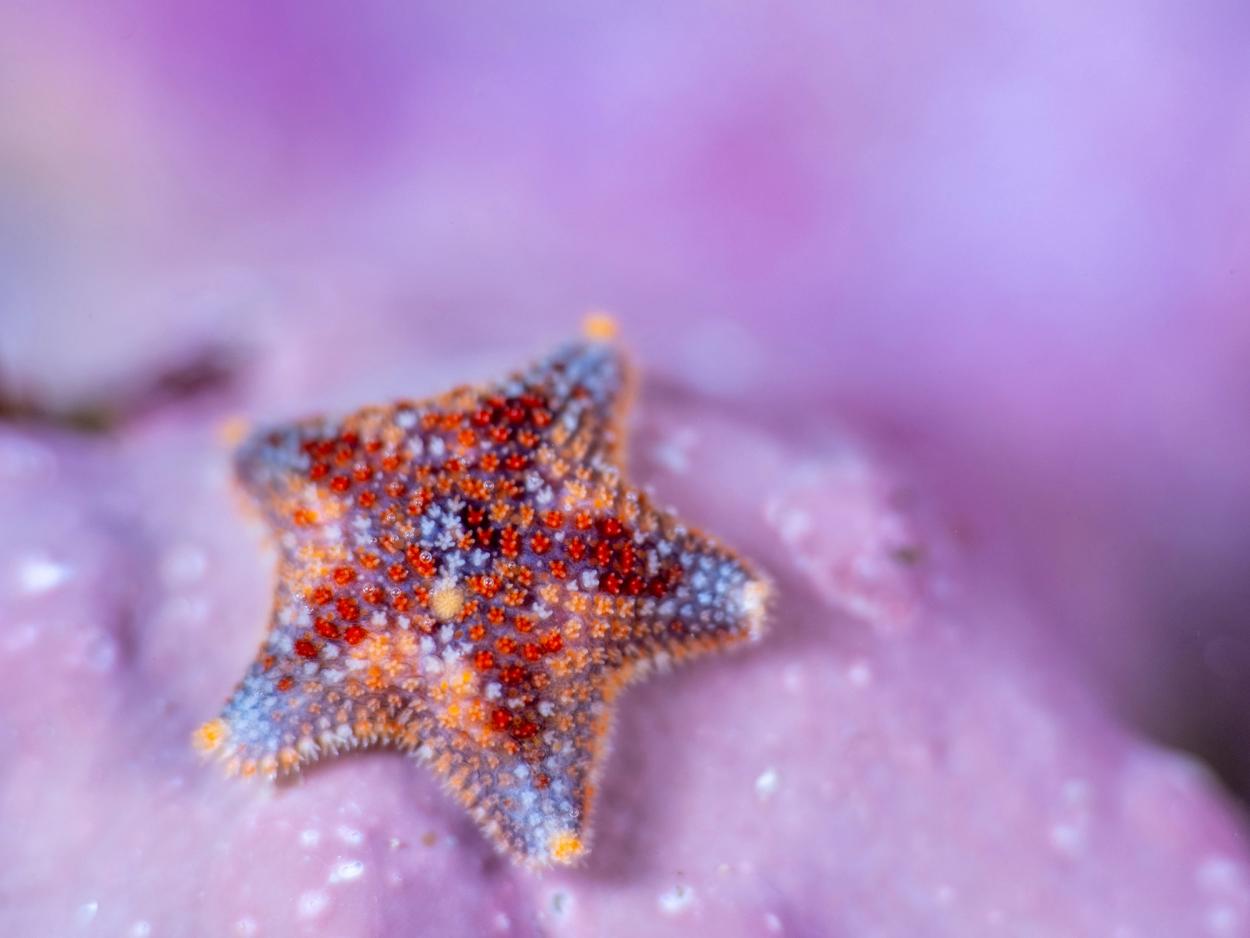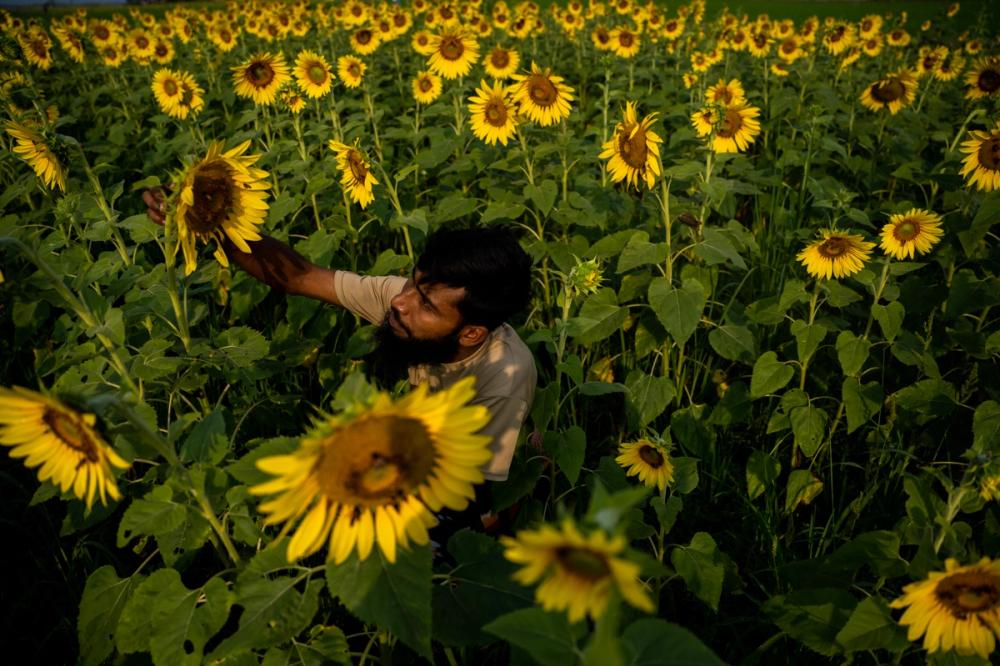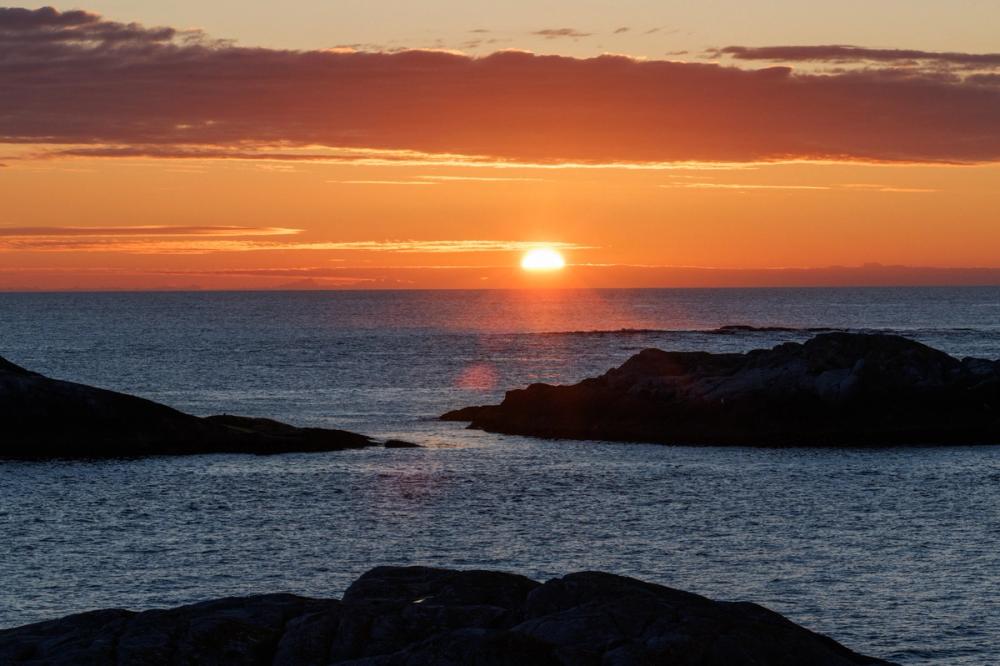Tropical Kelp Forests
Why kelp in Mozambique is a lot like finding a penguin in the Maldives
Deep-water kelp lies hidden beneath the surface. These unique ecosystems thrive in low-light conditions, challenging our understanding of where kelp can grow. In fact, this kelp forest in Mozambique was only recently discovered!
In the chilly, nutrient-rich waters of Cape Town, kelp forests thrive. Found along a significant portion of the world’s shallow, temperate coastlines they form rich underwater habitats. So when I heard rumours of a kelp forest growing in the deep, warm waters of tropical Africa, it felt as improbable as finding a penguin in the Maldives. Consulting Dr. Maggie Reddy, a seaweed researcher at the University of Cape Town, confirmed the existence of these deep-water kelp forests, which can thrive in the dimly lit depths below 30 metres.

Deep-water kelp lies hidden beneath the surface. These unique ecosystems thrive in low-light conditions, challenging our understanding of where kelp can grow. In fact, this kelp forest in Mozambique was only recently discovered!
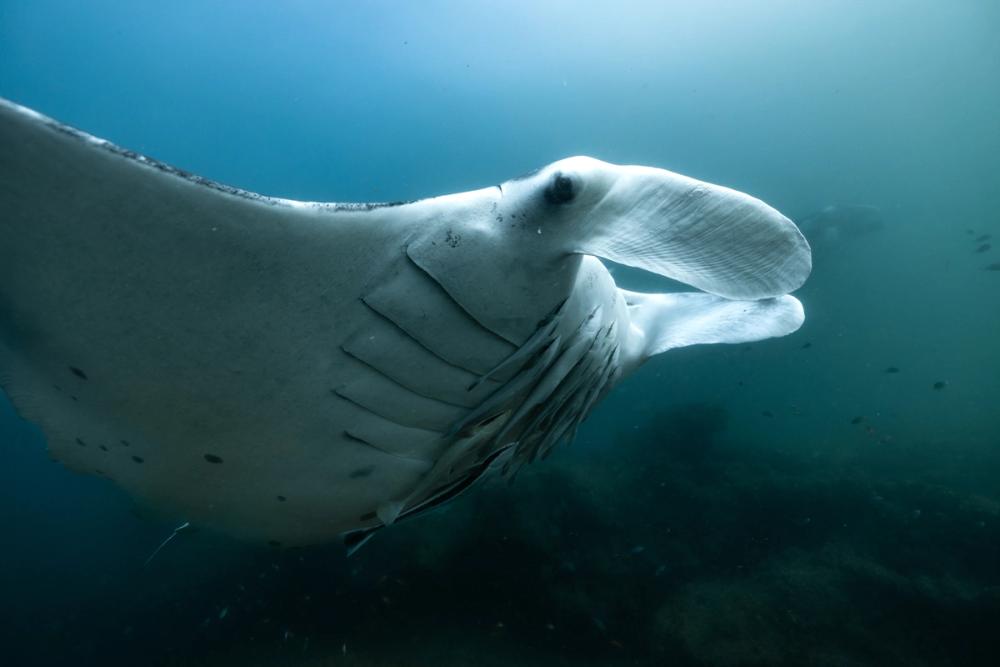
The rural town of Zavora in Mozambique is known for being a hotspot for gentle cartilaginous giants: manta rays. Around September each year, they appear in the hundreds around a cleaning station known as "Witch's Hat," where they have been observed to display courtship behaviour.
Around 20 years ago, scientists used data gathered from all over the world in computer simulations that predicted widespread occurrence of unexplored, deep water (30 to 200m depth) kelp habitats in the Tropics (Graham et al., 2007). To check these predictions they SCUBA dived the deep waters of one of the predicted tropical regions and found extensive kelp forests at eight localities. The emerging picture was of widespread kelp forest formations in both surface and deep waters along most continents. But Maggie’s observations were the first confirmed and documented reports of kelp off the coast of Mozambique (Madeira et. al., 2024). Excited to see the deep forests for myself, I joined Maggie and two of her students on an expedition to explore the kelp off tropical Southern Mozambique.
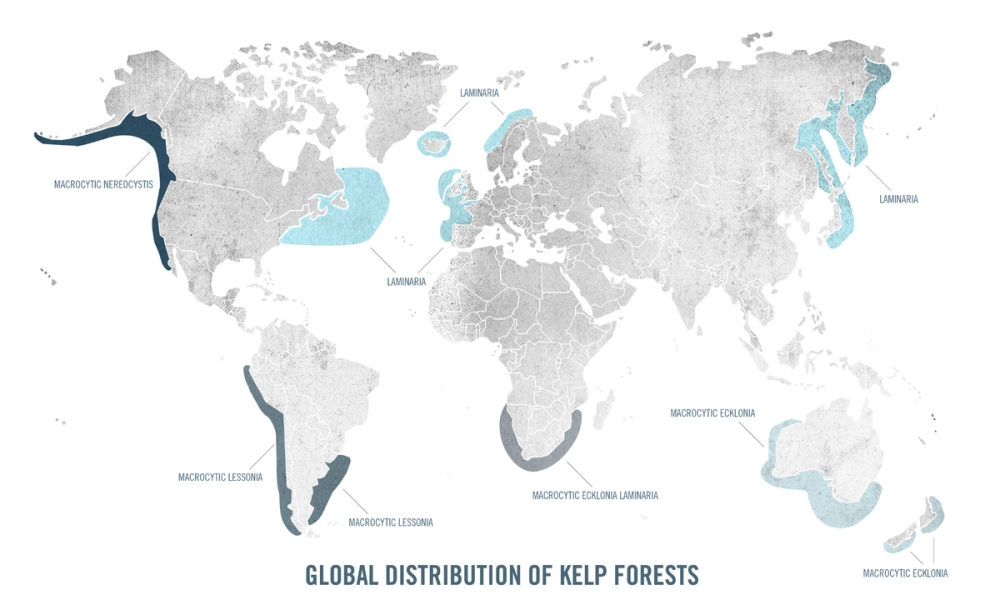
Map showing the general location of kelp forests around the world. Kelp will usually keep close to shorelines where there is an excess of ocean movement from currents and tides. Although it can be found further from shores where the ocean is not too deep, to allow adequate sunlight for photosynthesis. They are rarely found deeper than 40 meters. Map: Parley.
As we hopped off the side of the boat and began our descent I was struck by an expanse of what appeared to be Ecklonia radiata thriving at a depth of 35 metres. Collecting samples and capturing footage, I noticed that the blades looked and felt different from those growing in my home waters of Cape Town. Studies have shown that the shape of Ecklonia varies wildly according to environmental conditions underwater (Blain et al., 2019). In deeper water where light levels are low, broader blades for example, might help to maximise light capture, much like shade-adapted trees growing bigger leaves (Poorter & Rozendaal, 2008).
At 35 meters deep in Cape Town, another kelp species thrives: Ecklonia maxima. While it may appear similar to the kelp found in Mozambique at first glance, this species is actually quite different. It's larger than its tropical relatives and has a distinct look and feel.
Back on the boat, students Mila and Aiden processed the samples and Aiden noted subtle morphological differences that hinted at the possibility of a new species. His excitement was palpable as he described variations in stipe length and blade width, suggesting a distinct genetic lineage adapted to this unique environment.
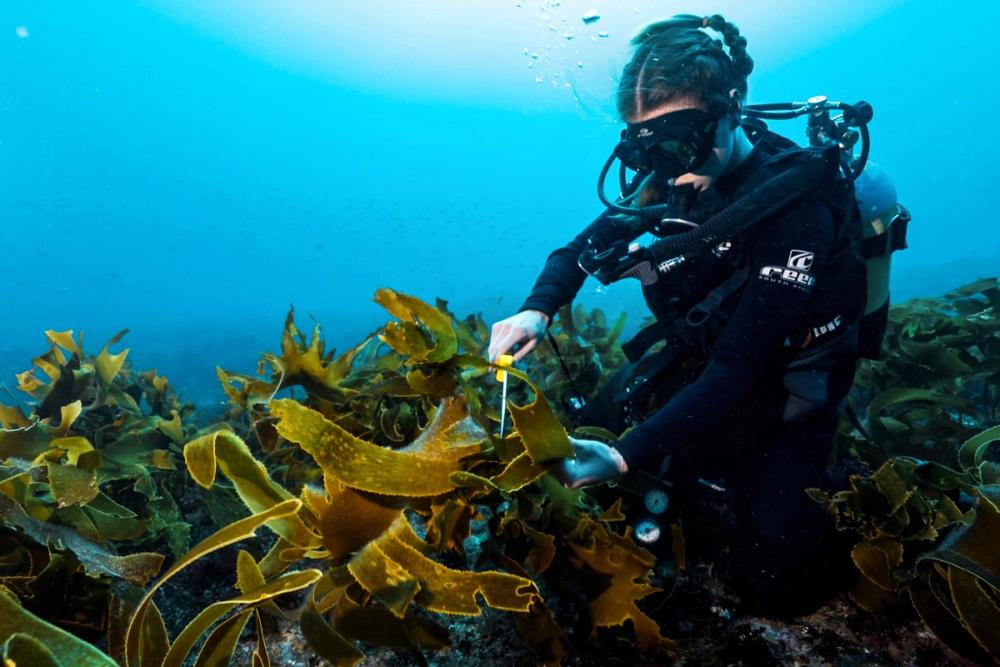
During the expedition blades of Ecklonia radiata where collected to take back to the University of Cape Town for DNA analyses. The analyses would hopefully tell if this is a brand new species and maybe even how it found it's way to Mozambique thousands of years ago.
Maggie believes these deep-water kelp forests might be more widespread than is documented. "They exist in a hidden world, beyond the reach of traditional kelp surveys," she explained. "We're just beginning to uncover their secrets." With the help of environmental DNA (eDNA) analysis that detects traces of kelp in water samples, together with the samples collected underwater they are gaining a better understanding of kelp distribution and the genetic diversity of these deep-water populations.
Kelp forests provide habitat for countless species and store huge amounts of carbon. But these underwater jungles are threatened by climate change, overfishing, pollution and coastal development. Over the last 50 years their decline has outpaced growth; hidden beneath the surface we are losing them twice as fast as land forests, at a rate of 2 % every year (Wernberg, 2019) bringing a sense of urgency to discovering and understanding the deep-water kelp forests of the ocean. Are these tropical kelp populations remnants of a colder past, or thriving, depth-adapted ecosystems that are only just revealing themselves? The answers lie in the descent to deep tropical waters …
Share this story
- Ecosystems and habitats
- Ocean of hope

